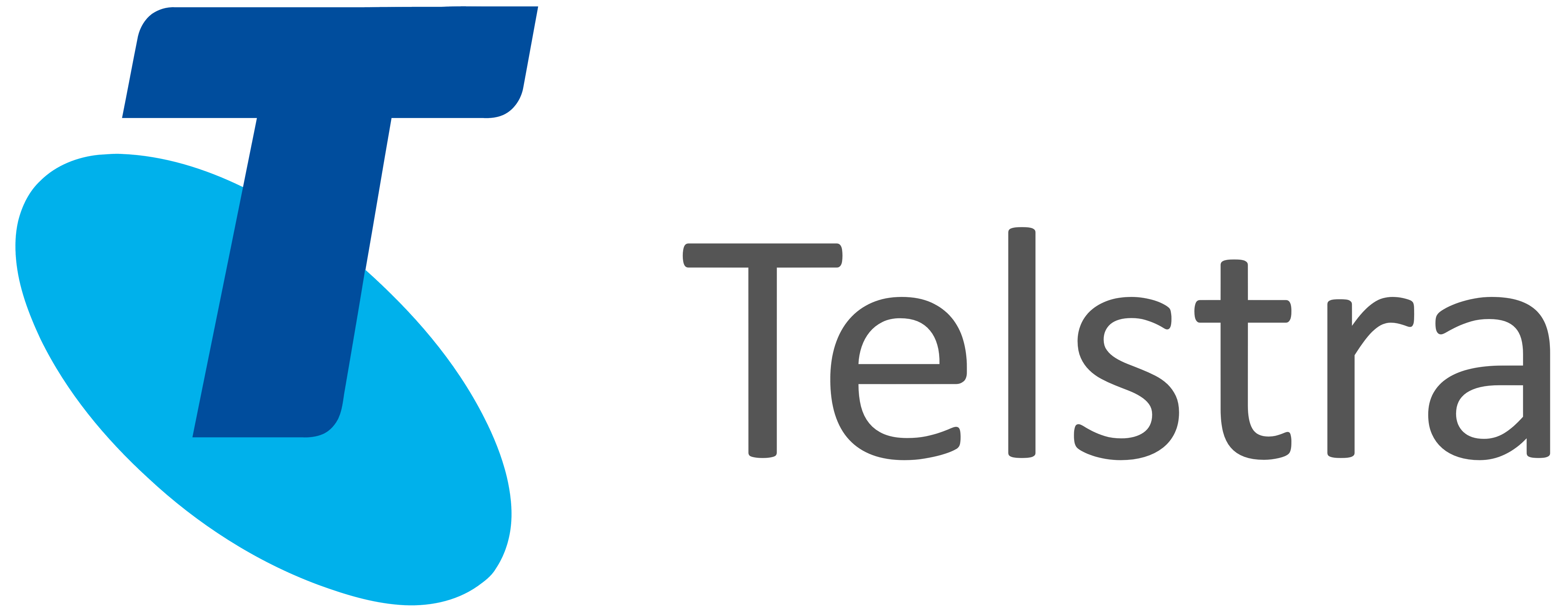



Telstra wanted to integrate established service domains, like wireless and transport, while enabling the easy introduction of newer domains, such as cloud and SD-WAN. A major initiative used TM Forum’s Network as a Service (NaaS) framework to enable Ericsson’s composite orchestrator capability across multiple domains and vendors, to deliver low latency, simply integrated, network edge environments. Virtualization and consolidation of networks and services reduced time-to-market and delivery times for multi-domain services.
Outcomes
By virtualizing the service edge:
0%
shipping costs and hardware complications
Up to
7 days
shorter order fulfillment
Autonomy for domain
100%
to manage their own services
Visual management of order execution
100%
and resolution of stuck orders
Deployed 500 cloud native pods for core network and CPE capacity at
100,000
sites across four zones in India
Deployed 500 cloud native pods for core network and CPE capacity at
100,000
sites across four zones in India
Deployed 500 cloud native pods for core network and CPE capacity at
100,000
sites across four zones in India
Deployed 500 cloud native pods for core network and CPE capacity at
100,000
sites across four zones in India

